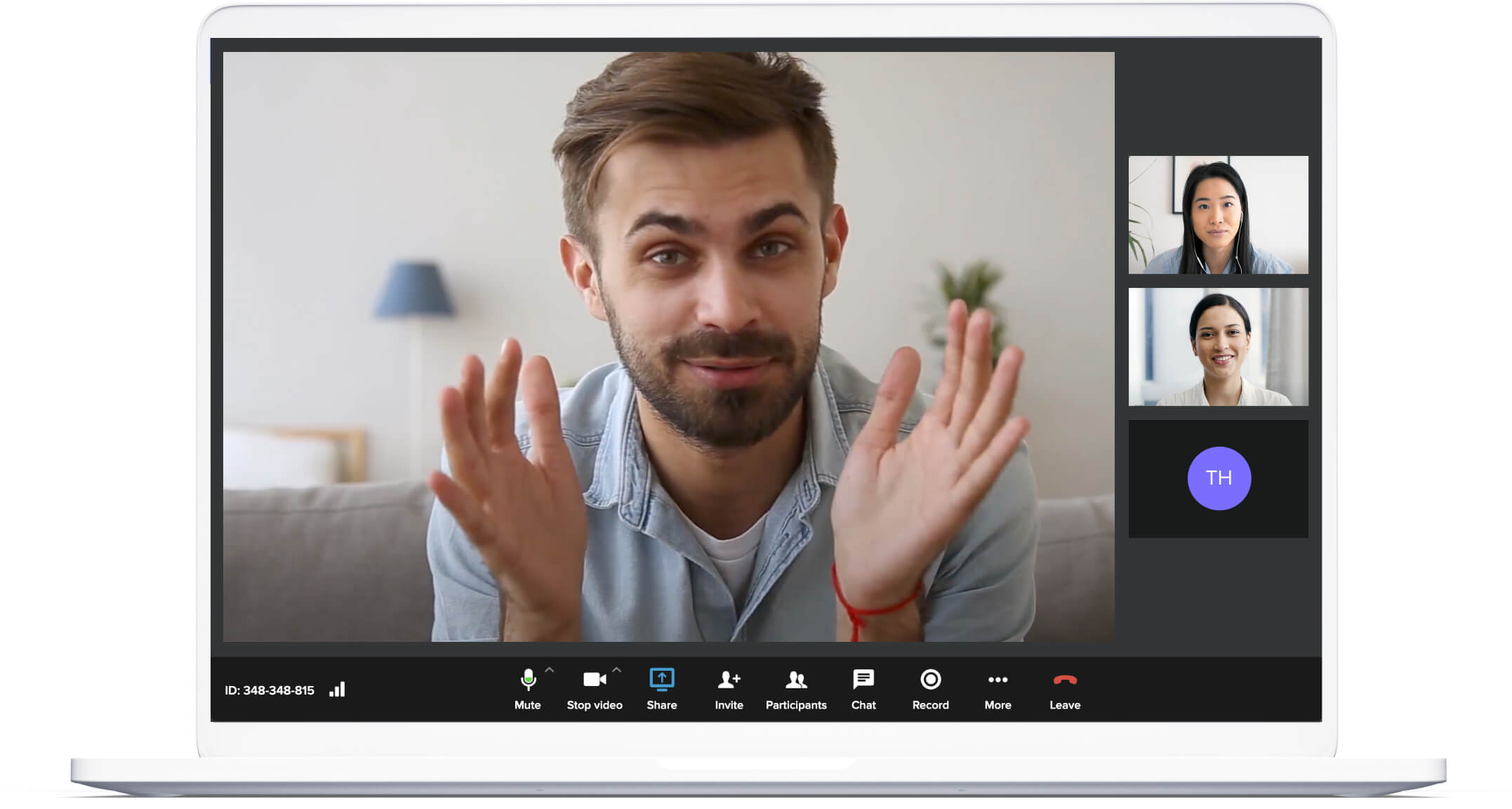Video Collaboration
Make web conferencing work for your company with the best collaboration tools.

Why use video collaboration?
It wasn’t long ago that work would grind to a halt as soon as people couldn’t discuss project details face-to-face or over the phone. If someone was out of town or away from their phone, they might as well have been on another planet. Teams had to go on without that person’s contribution or pause their project’s progression, which was enough to set deadlines back by several days or weeks at a time.
When this would happen, departments leaning on others would have to hit the pause button themselves. Soon, it was a disaster, with quarterly or even annual goals being labeled more as hopes than concrete goals.
And all of this wasn’t even touching on any product launches or projects waiting on the horizon. Just imagine the logistics of dealing with projects gone awry. It’s not exactly a great situation to be in.
Luckily for everyone now, being “disconnected” is virtually unheard of. If you have a mobile device or computer, you can make a video call as easily as you might make a voice call. Video conferencing solutions have changed the way business is done. Work can more easily be done through team collaborations, regardless of physical location.
And not only is it easier than ever to participate in video conferences, but it’s also more advanced than it’s ever been. Technological advances have allowed calls to become crystal clear and low in latency. What used to be inconvenient and lag-filled just a decade ago is now available in HD without a problem (assuming you have a paid plan).
This solves another problem in and of itself: the inconvenience of video conferencing. Just a few years ago, people struggled to use these tools due to their lack of flexibility, latency issues, heavily restricted features, and overall video and audio quality. It was just more trouble than it was worth, so reliance on it in the workplace was understandably lower.
But with modern collaboration, it’s common for many different groups and departments to host video calls simultaneously. The overall quality has become crystal clear, with no audio or visual cut-outs and in some cases, there are no downloads required. It’s now possible to focus more on the work, and less on setting up the ability to chat.
So to answer the question, video collaboration is integral to businesss. Without it, you can’t sync with your team, or work with international clients with the ease that this software provides now. If your goals involve heavily growing your business, boosting profits, or otherwise meeting quarterly goals, then you need video conferencing software to make it possible.



